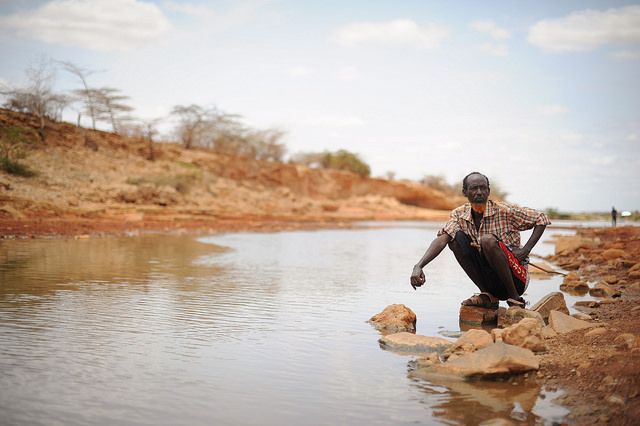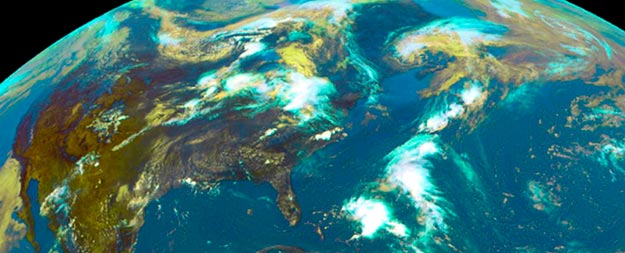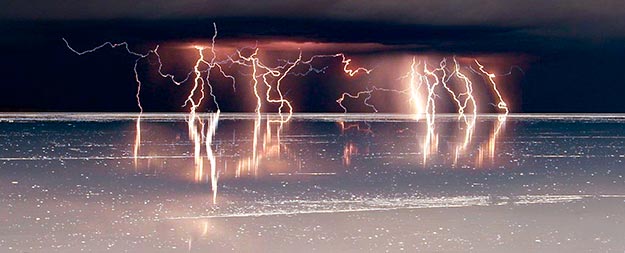Providing guidance on how to better target agricultural conservation in the United States, to cost-effectively achieve measurable improvements in water quality.
The critical services that farmers and farms provide to society—food, fiber, and fuel—also have unintended environmental consequences: water pollution, wildlife habitat destruction, and climate-changing gases.
In the U.S., and globally, most policy solutions employ a voluntary programs approach by providing financial incentives and technical assistance to agricultural producers to adopt conservation practices. These federal conservation programs do solve environmental problems on farms. However, after three decades of such approaches, only a few landscape-scale environmental outcomes have been documented. Moreover, funds for conservation are limited, and these programs have not maximized the cost effectiveness of their efforts. Read more






